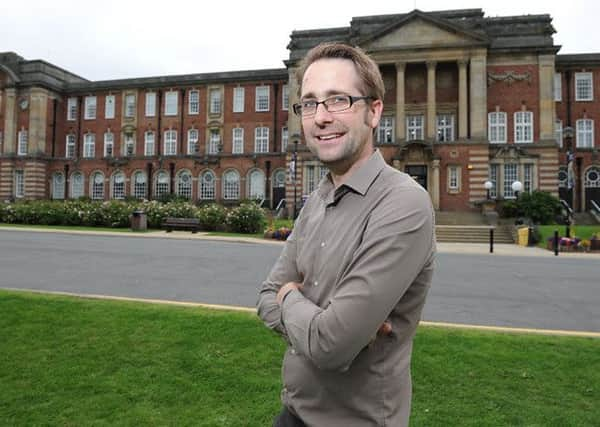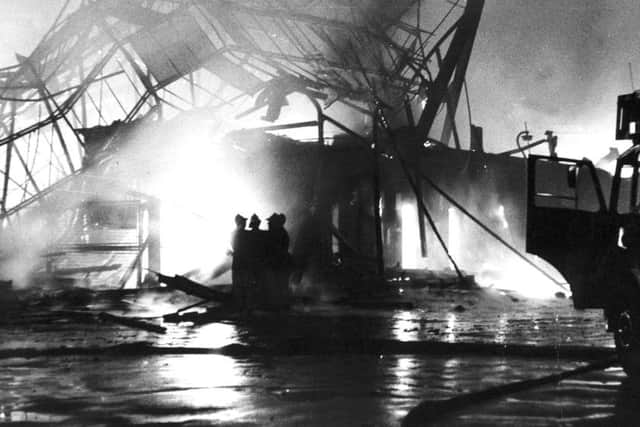Leeds nostalgia: The terrible Christmas fire which sparked modern fire safety campaigns


They had all been dressed as snowflakes, in highly flammable cotton-wool for a festive performance of Snowflakes, and each carried a small Chinese lamp, which was lit by a candle. When the girls’ lamps set fire to their dresses, they quickly went up in flames and were ‘very severely burned.’ Members of the audience, which included relatives and friends, tried desperately to put the flames out but were unable to save most of the girls.
Despite the best efforts of the emergency services (the chief superintendent of the Leeds Fire Brigade transported four of the children to the Leeds Infirmary on his fire engine), they later died. When the jury returned a verdict of death by accident, they also censured the organisers for dressing the children in ‘a most dangerous material’, particularly so soon after a similar incident in the United States, where four girls had met similar gruesome fates over the Christmas holidays. Lessons about public safety would be learned from such a tragedy.
Advertisement
Hide AdAdvertisement
Hide AdEven Santa is not immune to the risks of fire - in 1951, during a toy appeal at Leeds’s Gaiety Cinema on Roundhay Road, Santa (being played by the cinema’s firefighter) set fire to his own beard whilst smoking, and burned his face and hands.


Two years earlier, ‘Santa Joe’, in Sevenoaks, suffered burns to his hands extinguishing the flames after the cotton-wool hem on his robes caught fire whilst passing an electric stove. The local paper described him as ‘a Yuletide Hero’ because he insisted on handing out gifts to the expectant children dressed in a borrowed dressing gown and with bandaged hands.
Dr Shane Ewen, an urban historian from Leeds Beckett University, said: “Christmas is filled to the brim with cultural rituals, which add symbolic meaning and colour to the holiday season. These include putting up the Christmas tree and dressing it in colourful decorations, gorging on rich and fatty foods, and gift-giving. These rites are all steeped in history – the modern Christmas was ‘the festival of the family’, as George V described it in his 1934 Christmas Day broadcast.
“These are all fun traditions, but they are also accompanied by an underlying concern about safety. We want our families to enjoy their Christmas, but to do so safely. The Government’s official statistics reveal a variety of risks peculiar to this festive season.”
Advertisement
Hide AdAdvertisement
Hide AdIn 2011-12, candles caused around 1,000 domestic fires in the UK, resulting in nine deaths and 388 casualties; faulty fairy lights caused 20 house fires and Christmas trees and decorations sparked another 47.


The spread of fairy lights during the 1930s was a response to this growing awareness of the risks posed by trees which, if left unattended, could be a fatal hazard. Even then, the fire service warned of the dangers of overloading sockets, and the importance of turning the lights off at bedtime.
Dr Ewan addeD: “In 1936, the Yorkshire Evening Post printed a list of Do’s and Don’ts for Christmas safety: don’t hang naked lights on the Christmas tree, don’t use cotton-wool for fake snow, and don’t use inflammable materials to cover illuminated globes, but do hang paper decorations well away from naked flames.”